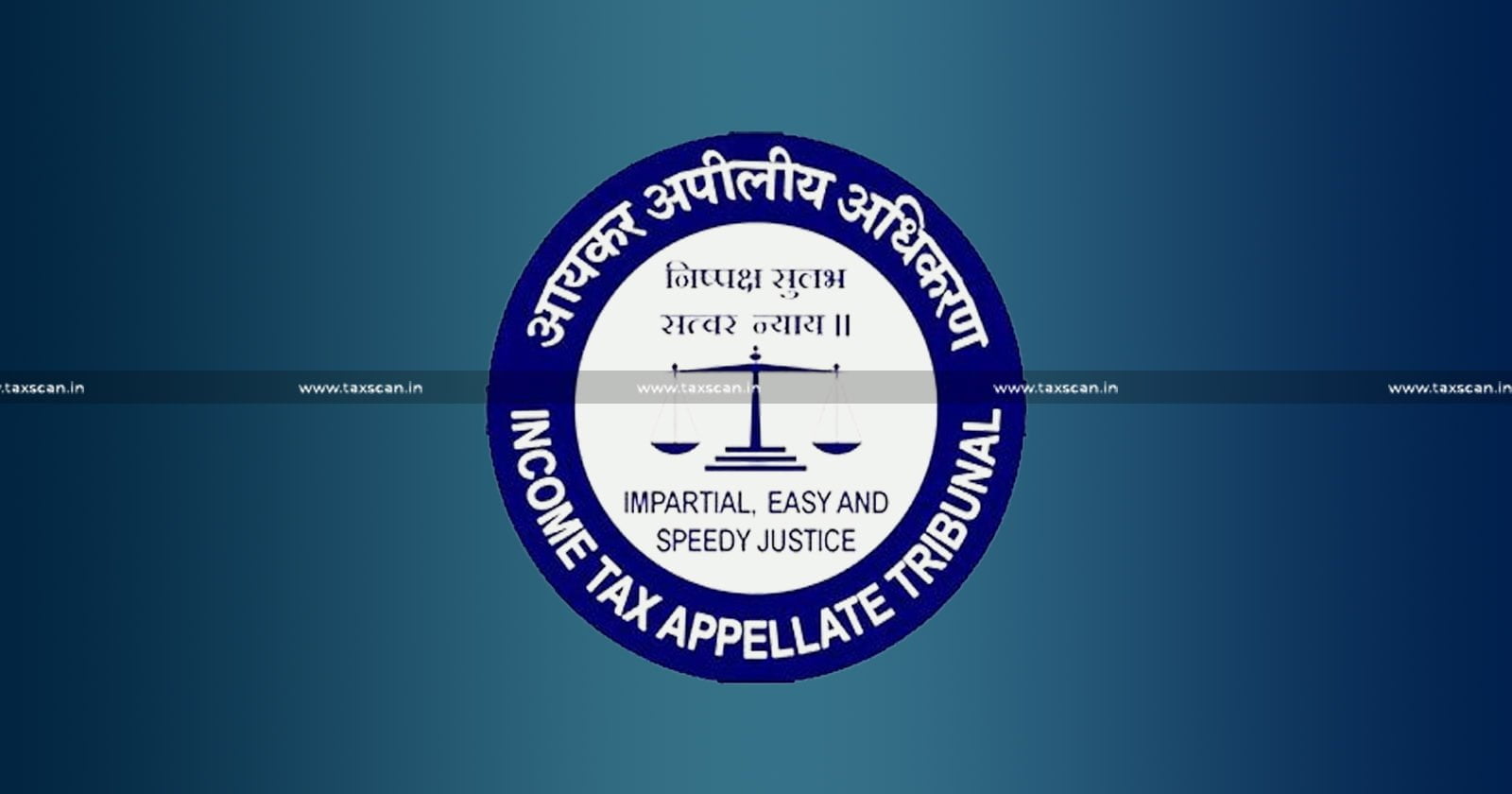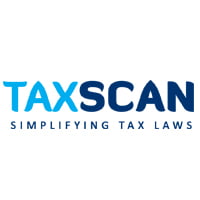Madras HC Validates Reassessment Notices Issued Pre-Finance Act, 2021 Citing TOLA Extension [Read Order]
The Madras High Court upheld the validity of reassessment notices issued under the old regime for the Assessment Year 2015-2016, affirming the extended limitation period under the Taxation and Other Laws (Relaxation and Amendment of Certain Provisions) Act, 2020 (TOLA)
![Madras HC Validates Reassessment Notices Issued Pre-Finance Act, 2021 Citing TOLA Extension [Read Order] Madras HC Validates Reassessment Notices Issued Pre-Finance Act, 2021 Citing TOLA Extension [Read Order]](https://images.taxscan.in/h-upload/2025/06/18/2049916-reassessment-notices-finance-act-notices-taxscan.webp)
The Madras High Court has dismissed a writ petition challenging reassessment notices and an order issued under the Income Tax Act, 1961, for the Assessment Year (AY) 2015-2016, ruling that the notices were validly issued within the extended limitation period provided by the Taxation and Other Laws (Relaxation and Amendment of Certain Provisions) Act, 2020 (TOLA).
Ramadoss Srikanthi (petitioner), assessed under PAN No. AIOPS9321G, filed a writ petition under Article 226 of the Constitution of India, seeking a Writ of Certiorari to quash a notice dated 31.03.2021 issued under Section 148 (old regime) of the Income Tax Act.
The notice dated 31.03.2021 was issued under the old regime and served on 12.04.2021. The Supreme Court’s decision in Union of India v. Ashish Agarwal was deemed a show-cause notice under Section 148A(b) of the new regime effective from 01.04.2021.
The respondent issued a show-cause notice on 02.06.2022, to which the petitioner responded on 11.06.2022, culminating in the impugned order and notice on 30.07.2022.
The petitioner contended that the notices and order were time-barred under the first provision to Section 149 of the Income Tax Act, 1961, as amended by the Finance Act, 2021. The petitioner submitted that the notice dated 30.07.2022 should have been issued by 31.03.2022.
The petitioner relied on the Supreme Court’s decision in Union of India v. Rajeev Bansal and the Bombay High Court’s ruling in Hexaware Technologies Limited (2024), arguing that the proceedings initiated on 31.03.2021 were invalid.
The respondent argued that the notice dated 31.03.2021 was issued within the extended limitation period under the old regime, valid until 31.03.2022 for AY 2015-2016. The Respondent submitted that the Supreme Court’s ruling in Ashish Agarwal transformed the notice into a Section 148A(b) notice.
The Respondent also submitted that the period from 01.04.2021 to 30.06.2021, along with the response period, was excluded from limitation calculations under the third provision to Section 149, as supported by TOLA.
 Also Read:ITAT Deletes Addition u/s 56(2)(x); Holds Sale Price Below Stamp Duty Value Justified Due to Title Dispute, Variation Within 5% Threshold
Also Read:ITAT Deletes Addition u/s 56(2)(x); Holds Sale Price Below Stamp Duty Value Justified Due to Title Dispute, Variation Within 5% Threshold
A bench comprising Justice C. Saravanan observed that the notice dated 31.03.2021 was issued within the extended limitation period under the old regime’s provision to Section 147, permitting reassessment until 31.03.2022 for AY 2015-2016.
The court observed that TOLA extended the deadline for actions due between 20.03.2020 and 31.03.2021 to 30.06.2021. The court held that the period from the deemed notice’s issuance (31.03.2021) to the supply of information on 02.06.2022 and the two-week response period, was excluded from limitation calculations. The court dismissed the writ petition and connected miscellaneous petitions were closed.
Support our journalism by subscribing to Taxscan premium. Follow us on Telegram for quick updates



